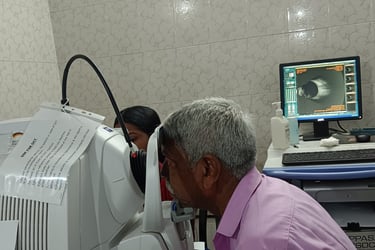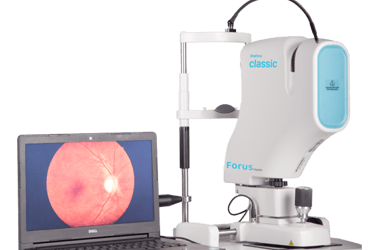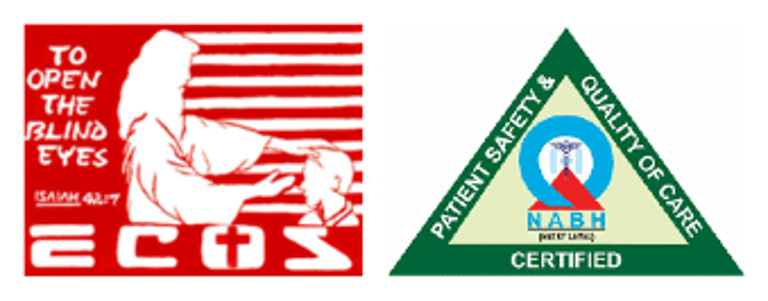Diabetic Retinopathy
What is Diabetic Retinopathy?


Diabetic retinopathy is a serious eye condition that occurs when diabetes damages the blood vessels in the retina, the light-sensitive tissue at the back of the eye. When you have diabetes, your blood sugar levels can fluctuate. Over time, high blood sugar levels can damage the tiny blood vessels in your body, including those in the retina.
This damage can cause blood and fluid to leak from the damaged vessels, causing swelling and blurred vision. The blood supply to the retina may be blocked, leading to areas of cell death. New, fragile blood vessels can grow on the surface of the retina, which can leak or bleed.
Our Services


Regular eye exams: If you have diabetes, regular eye exams are crucial for early detection and treatment of diabetic retinopathy.
Controlling blood sugar: Maintaining good blood sugar control is essential for preventing or slowing the progression of diabetic retinopathy.
Treatment options: Depending on the severity of the condition, treatment may include:
Diabetic retinopathy can often have no symptoms in its early stages. However, as the condition progresses, following symptoms can be seen:
Symptoms
Prevention and Treatment
Diagnostic Equipment at ECOS Eye Hospital
Normal Vision
Vision with Diabetic Retinopathy


Blurred vision: This is a common symptom as the disease progresses.
Spots or floaters: These are small specks or dark shapes that seem to drift across your field of vision.
Dark areas in your central vision: This can make it difficult to see fine details.
Difficulty seeing at night: Your night vision may become impaired.
Sudden vision loss: In some cases, you may experience sudden vision loss, which is a medical emergency.
Optical Coherence Tomography (OCT) to take detailed images of the retina
Fundus Camera to take photographs of back of the eye
Laser surgery
Anti-VEGF injections
Vitrectomy




Address
ECOS Eye Hospital
3rd Tota Street, Bijipur, Berhampur,
Ganjam, Odisha - 760005
Copyright © 2025 - ECOS Eye Hospital . All rights reserved.
Other Pages
Contact Us
Location
+91-94387 69535
OPD Timing
Monday to Saturday
8:30 AM - 1:00 PM &
4:00 PM - 7:00 PM
Sunday
9:00 AM - 1:00 PM
ecoseyehospital@gmail.com


+91-89184 22918

